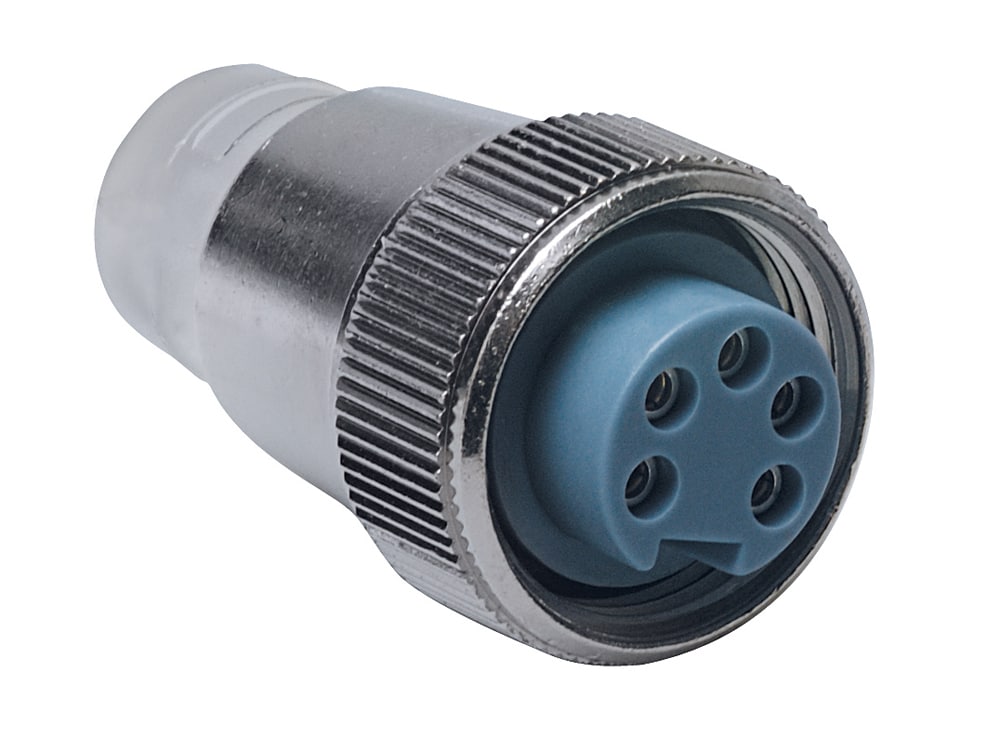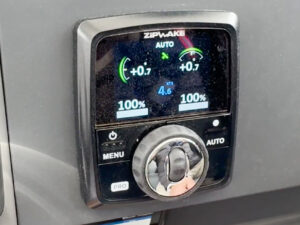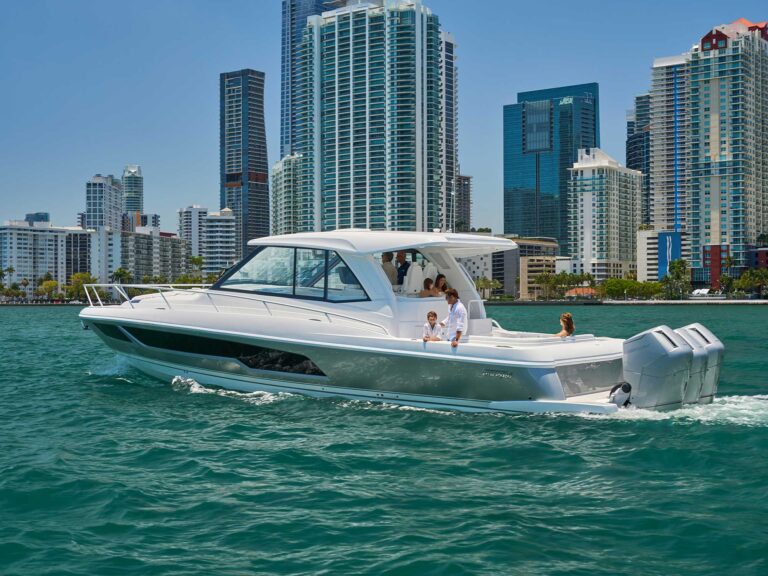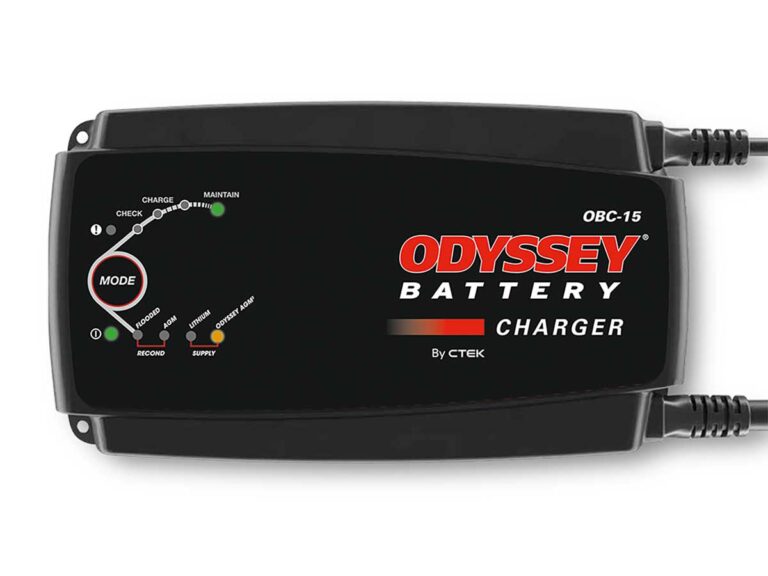
Even small amounts of spray—especially salt spray—can corrode the plugs and receptacles of marine electronics. As part of your spring make-ready routine, inspect and service these critical connections. Here are some key attention points.
Corrosion Check
Before you reinstall your marine electronics for the season ahead, peer inside each of them with the plugs and receptacles still disconnected, perhaps using a magnifying glass to check for any corrosion on the pins and receivers. To clean them up, turn off all power and use a small pen knife to carefully scrape away corrosion.
Fray Not
Meticulously inspect the insulation around the wires and cables serving your marine electronics. Look for frays or cuts that might impede conductivity, allow for corrosion, or interfere with the supply of electrical power or digital data. Replace any wires or cables that appear suspect.
Stay Tight
As you reinstall your electronics, make sure the plugs are firmly seated in their ports and the twist-and-lock collars are tightened securely. Vibration and rough seas can cause these connectors to work loose, so check them periodically for tightness, especially if your electronics shut down unexpectedly in rough seas.
Inhibiting Spray
With everything plugged in, give the connector housings a light spritz of a corrosion-inhibiting spray, such as CRC Marine Heavy Duty Corrosion Inhibitor, to help repel any water that might find its way to the back of your electronics.









